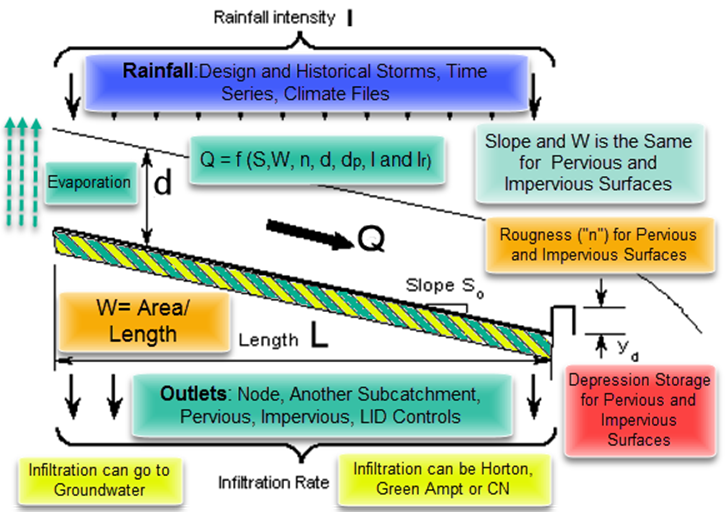As a large language model, ChatGPT can assist with a wide range of tasks related to engineering and domain knowledge, including providing information about specific concepts, generating explanations or summaries of technical content, and helping to identify relevant resources. Here are some ways that someone with a long job history in engineering and a lot of domain knowledge and example models could use ChatGPT to speed up their engineering output:
Asking ChatGPT specific questions about concepts or technologies that you are unfamiliar with, or that you would like more information about. For example, you could ask ChatGPT about the properties and applications of a particular material, or about the steps involved in a particular process.
Providing ChatGPT with detailed descriptions or examples of engineering problems or projects that you are working on, and asking it to generate explanations or summaries of the relevant concepts or technologies. This could help you to quickly understand the key elements of a project, or to identify potential areas of difficulty or concern.
Using ChatGPT to generate lists of relevant resources or references that you can use to further your understanding of a particular topic or problem. This could include papers, articles, books, or other sources of information that can help you to better understand the engineering principles or technologies that you are working with.
Providing ChatGPT with descriptions or examples of your own engineering work or projects, and asking it to identify potential areas for improvement or optimization. This could include identifying ways to streamline processes, reduce costs, or increase efficiency.
Overall, ChatGPT can be a valuable tool for helping you to quickly and efficiently understand and work with complex engineering concepts and technologies, and to identify and apply relevant resources and best practices to your work.

